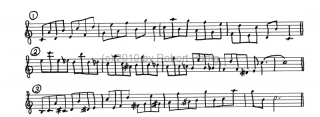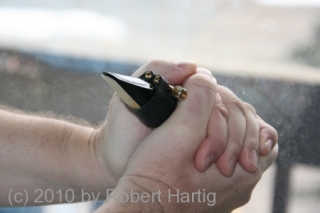It’s the last day of January. Just one month to go till storm season begins! Yeah, baby!
I’m not the only one who thinks this way. A lot of you fellow storm chasers get happy at the thought of March arriving. It won’t be much longer–just four little weeks. Then spring begins.
That’s right, spring. While the vernal equinox will occur on March 20 at 2:35 a.m. EST this year, marking the arrival of astronomical spring, March 1 is the beginning of meteorological spring. Yes, boys and girls, there really is such a thing.
The Roman calendar began the year and the spring season on the first of March, with each season occupying three months. In 1780 the Societas Meteorologica Palatina, an early international organization for meteorology, defined seasons as groupings of three whole months. Ever since, professional meteorologists all over the world have used this definition.[5] So, in meteorology for the Northern hemisphere: spring begins on 1 March, summer on 1 June, autumn on 1 September, and winter on 1 December.
–From “Season,” Wikipedia
The long and short of it is, even as middle-tier states from the Texas panhandle eastward are dealing with the aftermath of an ugly winter storm, spring is just around the corner. On Tuesday, Groundhog Day, we’ll get the authoritative word from Punxatawney Phil on what the next six weeks holds in store weatherwise. But whatever his verdict may be, the fact is, we’re two-thirds of the way through meteorological winter. We’re almost there!
So dust off your laptop. Spring will be here before you know it.




